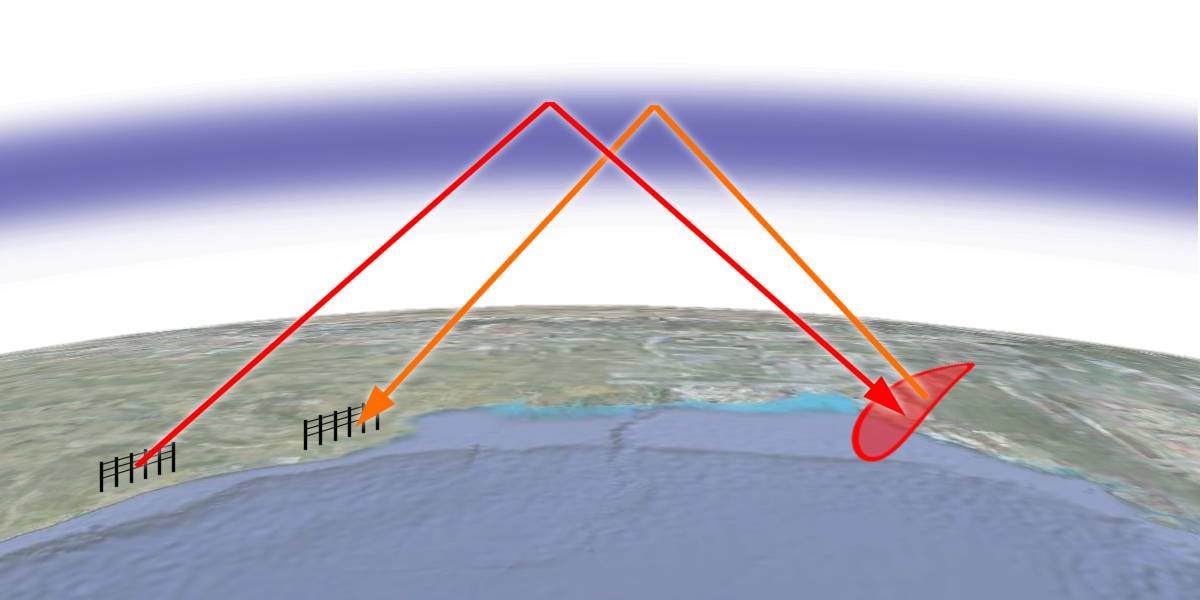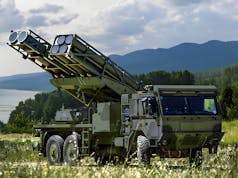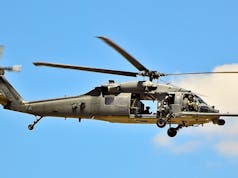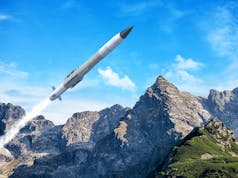The Russian military will deploy a new over-the-horizon (OTH) radar in Kaliningrad, according to state media.
Last Thursday, a source in the Russian defense industry told state-owned media outlet TASS Russian News Agency that the military is to deploy a Konteiner OTH radar in the country’s exclave on the Baltic Sea, Kaliningrad.
According to the source, “Several potential sites are now being considered.” The radar system should be deployed “in the short-term perspective”.
The radar system in Kaliningrad “will complement the first one, which entered service in Mordovia” in December of last year, TASS’ source added.
The source was quoted as saying that the Kaliningrad-based radar should “be capable of monitoring the entire territory of Europe, including the United Kingdom.”

Each Konteiner system is said to be able to track cruise and hypersonic missiles at distances of up to 3,000 kilometres however that information is purely speculative.
Konteiner is also to be deployed to cover the Arctic region as well, TASS reported earlier.












For the UK version, have a look at Ayios Nikolios.
Wonder if this will screw up signals like the Cold War “Russian Woodpecker” ?
You’d love Latvia!
Why Barry?
David!! Sorry!
Skrunda and the radio telescope at Irbene (sp) – lot of old soviet sites here.
(https://en.wikipedia.org/wiki/Ventspils_International_Radio_Astronomy_Centre)
Skrunda. Recognised the name, wasn’t sure where it was. Cheers.
I’m pretty certain the diagram with the all round view is incorrect. The radar is a bi-static system, i.e. transmitter and receiver are in two different location. But the transmitter uses fixed dipole on towers arranged along a “fence” line making it a fixed plannar array i.e. not moving. The fixed di-pole can use electronic beam steering or omni broadcast, but is limited to a view of +/- 60 degrees either side of the boresight, thus giving a view window of 120 degrees forward and 120 degrees rearwards making a total of 240 degrees, not the 3260 degrees as depicted. The Russians say the radar has the capability of detecting a Cessna sized aircraft at least 2000 miles away. Good, if that’s the case it will not detect a F35 let along a B2, as the RCS of these aircraft is minuscule in comparison.
I visited the old Cobra Mist site at Orford Ness a few years back which had fascinated new back in the 70s 80s. One presumes if it was a Rusian ‘fishing boat’ or breed whatever that caused the interference I presume that they have managed to find ways around it as various versions of the technology, is I now discover is exploited around the globe. What has changed I wonder.
Over The Horizon radar is incredibly fickle, much like HF radio, it totally relies on the height of the ionosphere, which is constantly changing during a 24hr period. I think the reason why it has become practical recently is with the advances of computer power, especially when programmed for signal processing and filtering. I seem to recall that because of the angle the signal hits the ground around 90% bounces forward and is lost, with only 10% bouncing back from backscatter. If you add in the inverse power rule, even less of the original transmitted signal is received by the antenna. So its amazing that anything can be used to show not only there is target of interest but also show its rough bearing and track.
Its a shame that the Cobra Mist had so many problems, perhaps it was due to jamming, but I think a lot of it was because the signal was bouncing into built up areas of Eastern Europe, I’d expect the Russian OTH radars watching the Arctic and Pacific to have significantly less interference, thus making it easier to filter out noise, thus showing any targets. It also shows how the Australians have had much more success with their Jindalee OTH system. It will be interesting to find out if the installation at Kaliningrad will suffer the same issues as Cobra Mist, or that Russia’s more up to date technology can filter out the inherently noisy Europeans.
I was interested to see that a few of the Aerials that were retained at Orford Ness and the control building itself were repurposed for the BBC world service. So not all has been lost I guess. Amazingly historical site there in the history of radar and radio range fnding (amongst other things) right back to the 20s. Even had a fascinating insight into sheep farming by a shepherd there, certainly an ‘other world’ varied experience. Well worth a visit.
Cobra Mist was before full DSP (Digital Signal Processing) and DQD (Digital Quadrature Detection) were possible.
The electronics will have moved on quite a bit, the computational will have moved on by side by orders of magnitude.
You gave a comment I made on another thread about the use of synthetic array receivers short shrift. Pause and noodle this for a moment. Then have a think what a row of 5G base stations on every other lamp post looks like – oh gosh just like a Synthetic receiver array.
The point being that the transmit side needs the power, as you say 90% is lost, the receive side needs the sensitivity. If you do use other things than a hulking great WWII style receiver array this can be achieved very elegantly.
If you can get to LoS for the receiver then you increase sensitivity by an order of magnitude, as you get rid of the return ionosphere loss, as well as gaining directionality.
Didn’t we attempt something similar at Orford Nes in the cold war?
Yes Cobra Mist